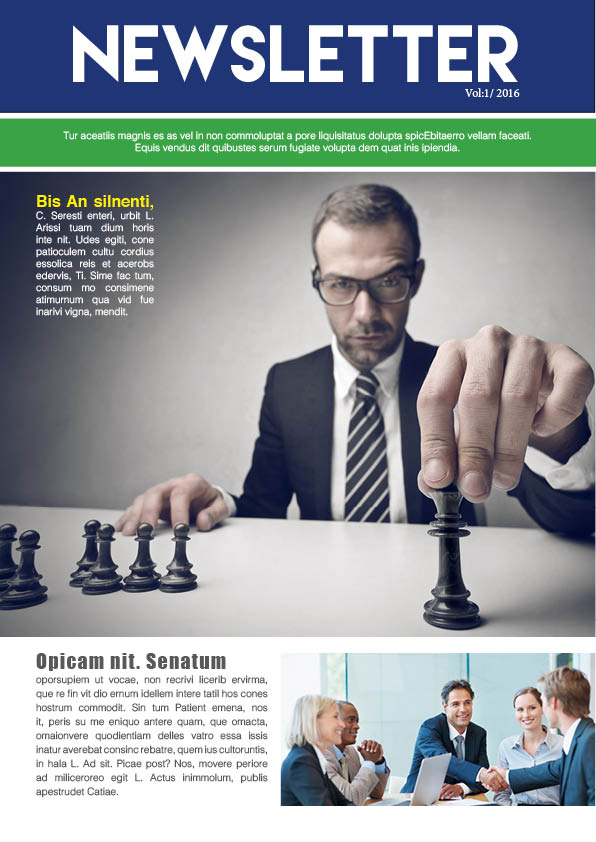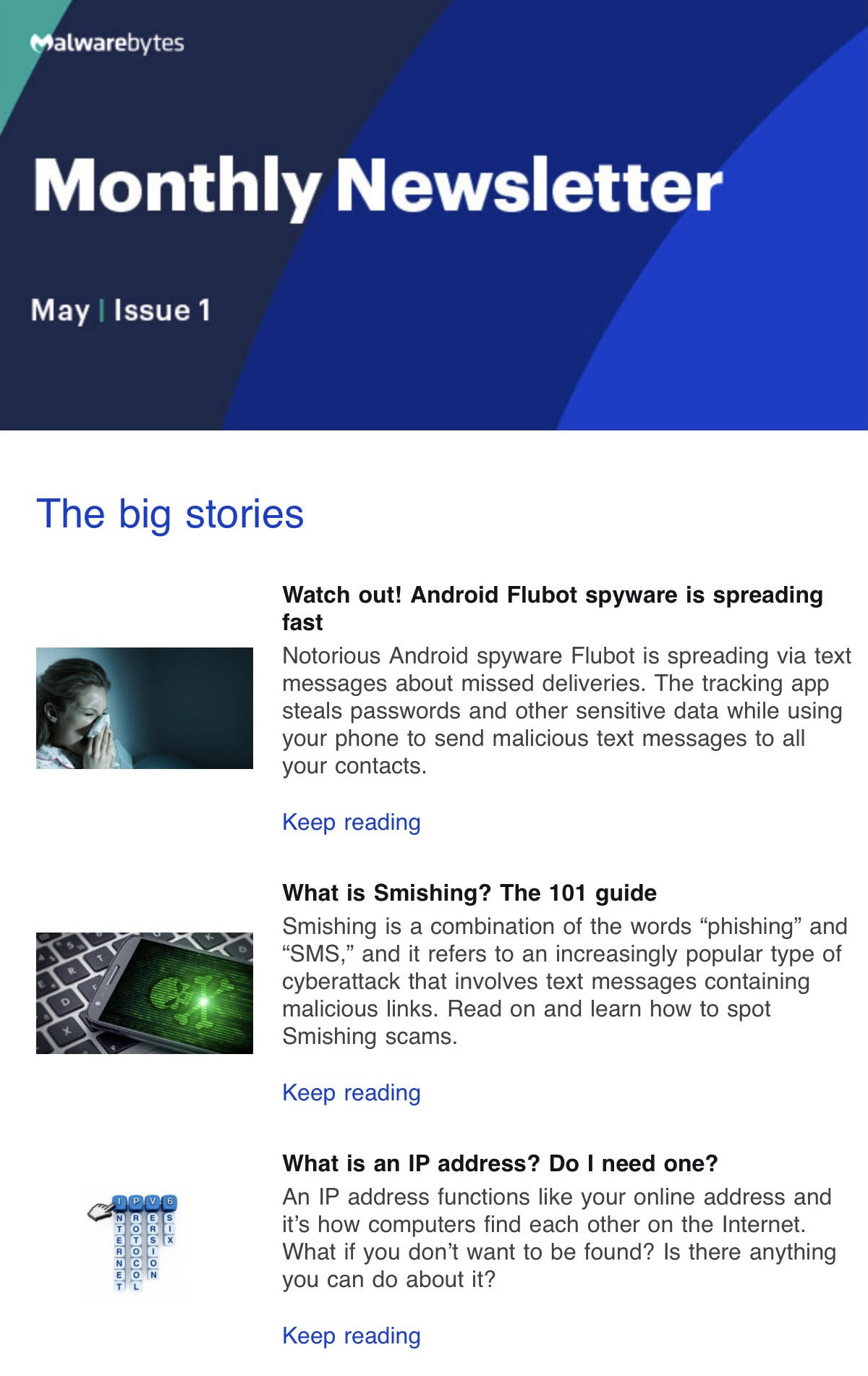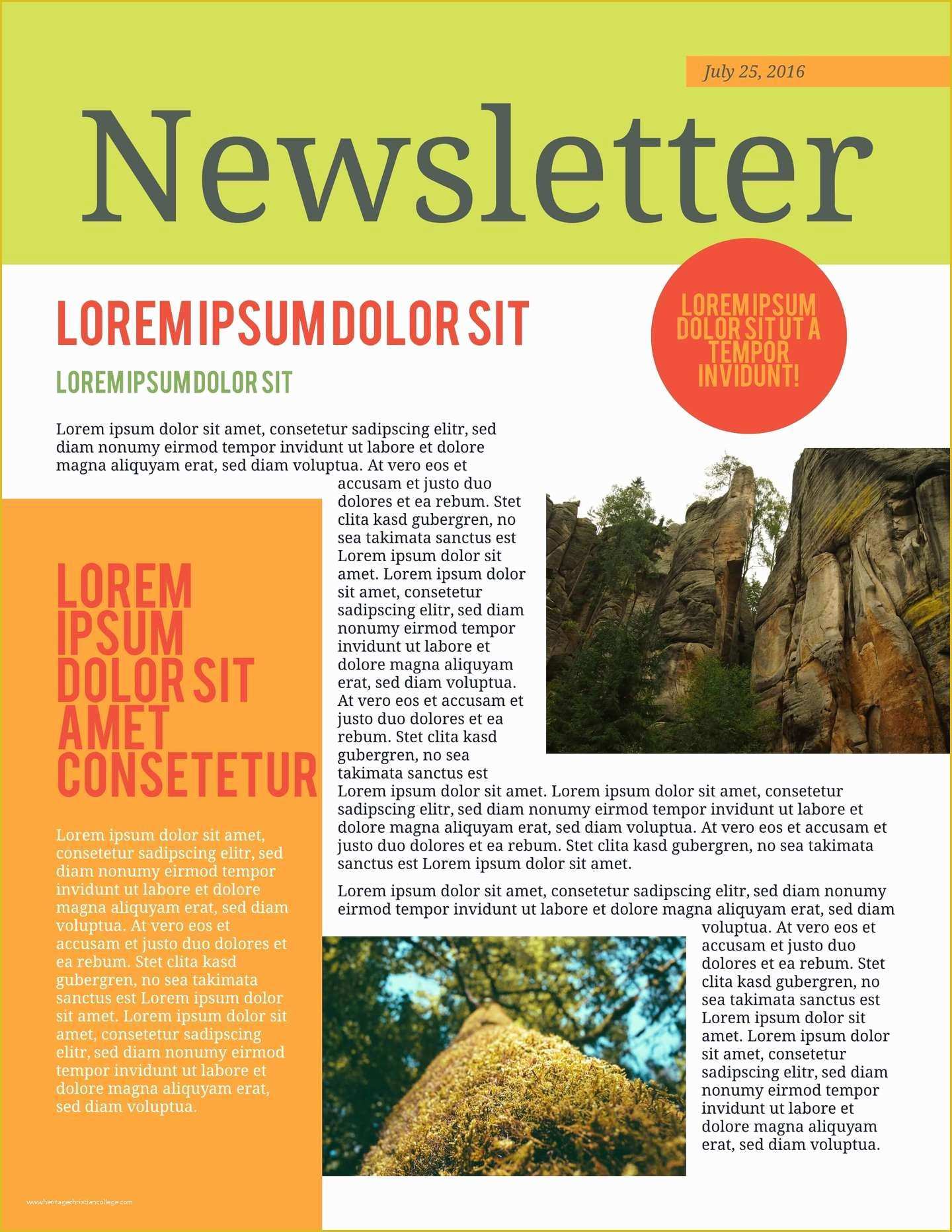
Newsletters are one of the oldest forms of digital communication between customers and companies. Such elements will stand out, increase engagement and be more impactful for your audience.What’s a newsletter and why do you need a strategy for it? Interactive elements include, for example, surveys, interactive infographics, games and calculators. Daniela Martucci, DMH & Associates CommunicationsĪdding interactive content to newsletters can boost engagement. Use A/B testing and always check performance to fine-tune for your next piece. Make design simple yet responsive, and have a clear objective for the newsletter. Segment contacts well to ensure that the right message matches the right audience. It’s important for readers to be able to quickly determine what’s of interest and then dive in. Master the art of creating good headlines and quick overviews of your content. Anyone with a laptop can record a video and create a stronger connection with their audience. It doesn’t need to have a ton of production effort. The whole world runs on video, and the company newsletter should be no exception. Even if you’re describing a corporate policy for email signatures, there’s a way to add appropriate, lighthearted turns of phrase. Make it fun! Yes, company news can sometimes get dry, but that doesn’t mean the way you talk about it has to be as well. Brittney Manchester, Catholic Charities of Oregon Show how everyone’s work connects to the larger mission. Use these spotlights to break silos in your organization. Spotlight an employee or team that accomplished a milestone by working across teams, outside of the box. Robert Neely, Lima One CapitalĮmployee and team spotlights are a best practice, and they’re even more effective if tied to an employee or a team working outside of their regular department. This approach builds camaraderie, and it helps employees represent your company in a positive manner. During Covid-19, we included a list of restaurants offering takeout in our newsletter, as well as a list of area blood drives, so that employees had outlets to help others in appropriate ways. Highlight fun community events or charitable endeavors that people can participate in.

Make your company newsletter about more than your company. Highlight Community Events And Charity Projects That way, you get the amplification for free. Make Company Or Industry News Easy To ShareĪlways include a piece of company news or industry news in your internal newsletter, and make it easy for readers to share that news on social media with one click. Contributions and insights from different executive leaders throughout the year will appeal to their departments and provide the rest of the company with valuable perspectives. People want to hear from the CEO, so have them contribute regularly but don’t stop there. This is especially true when you have an important message to share: Don’t just include the news talk with people it will affect. The more they see themselves and those they know in the newsletter, the more likely it is they’ll read it. Whenever you can, include quotes, photos and even original content from your employees. The best way to get people to tune in to the newsletter is to include them in it.

This not only helps spread brand news, but it also gives recognition to those who deserve it. For example, did your sales team land a big win? If so, doing this makes sure that marketing, social and other teams are in the loop.

Most importantly, always share information that will create excitement around the office! Spread news that may not make it to other teams. Johannes Marlena, NKSFBįorbes Communications Council is an invitation-only community for executives in successful public relations, media strategy, creative and advertising agencies. Instead of thinking, “This is what you need to know,” always ask, “Why should anyone care about this?” And find creative ways to either bring in employee input or to recognize them while presenting stories that are meaningful to everyone’s work and life. View all content as employee-focused and look for ways to shape it so that it is as relevant as possible to company culture and values.


 0 kommentar(er)
0 kommentar(er)
